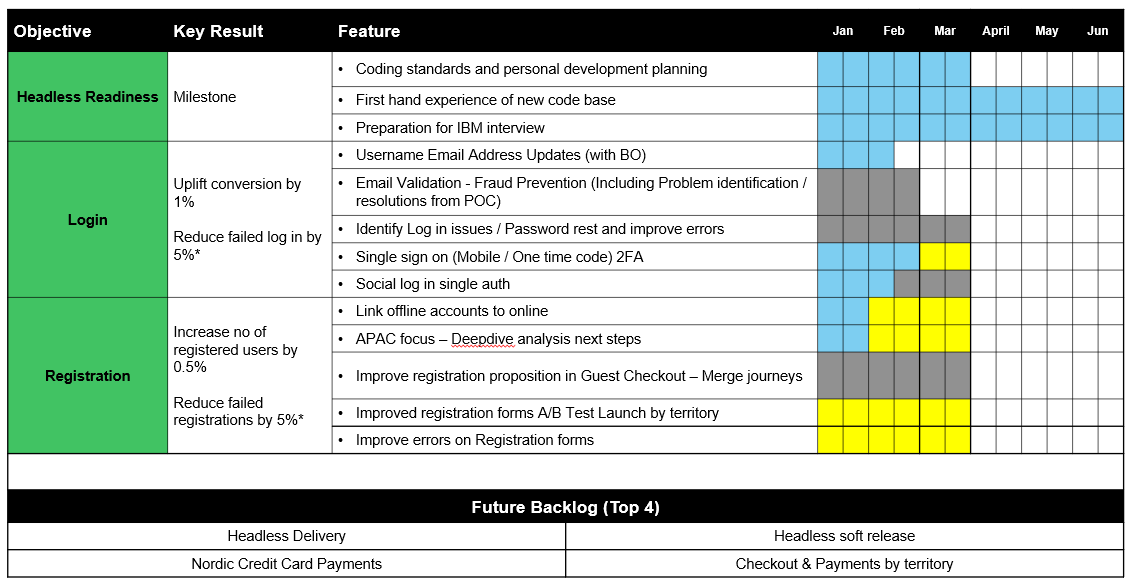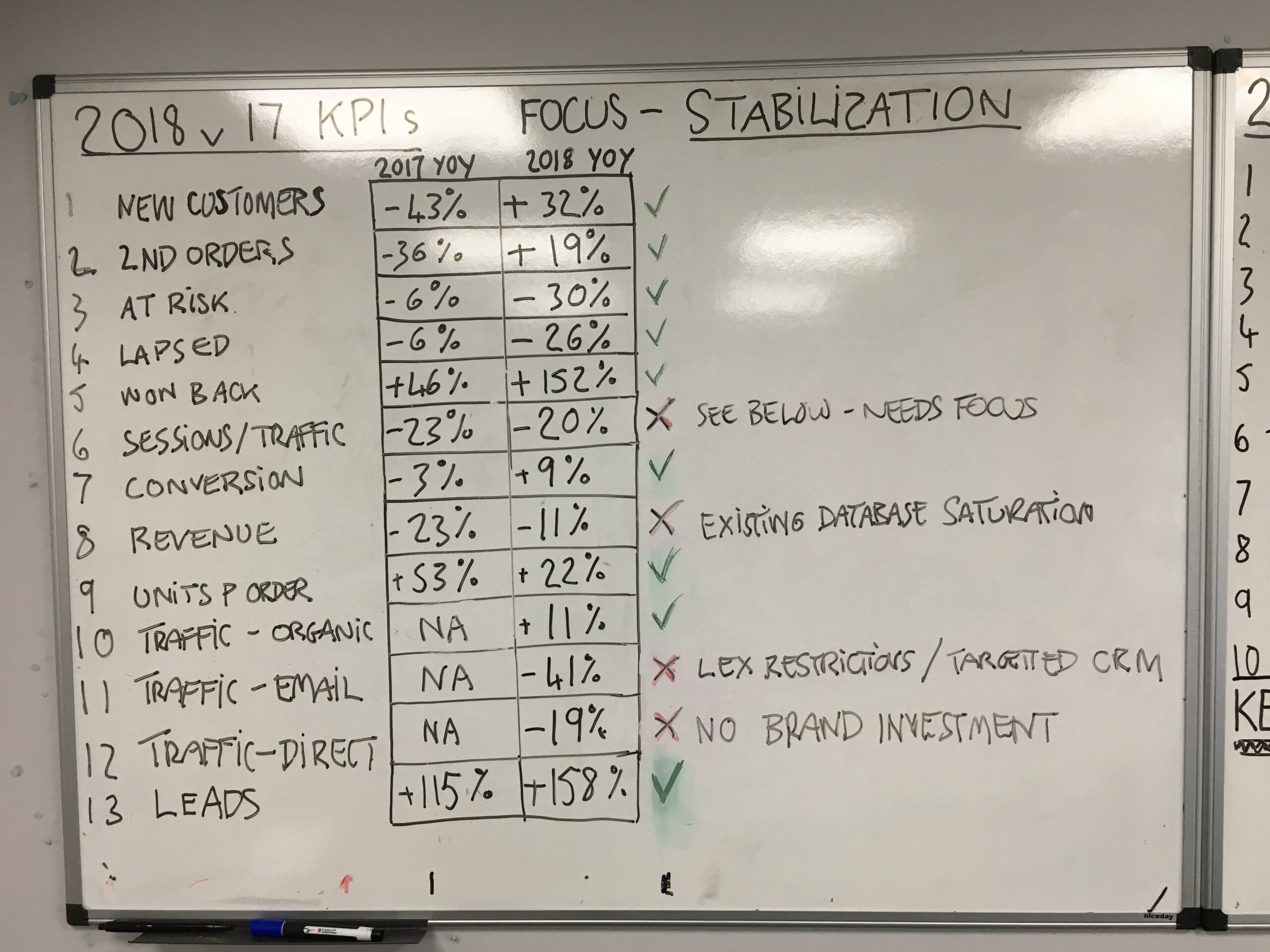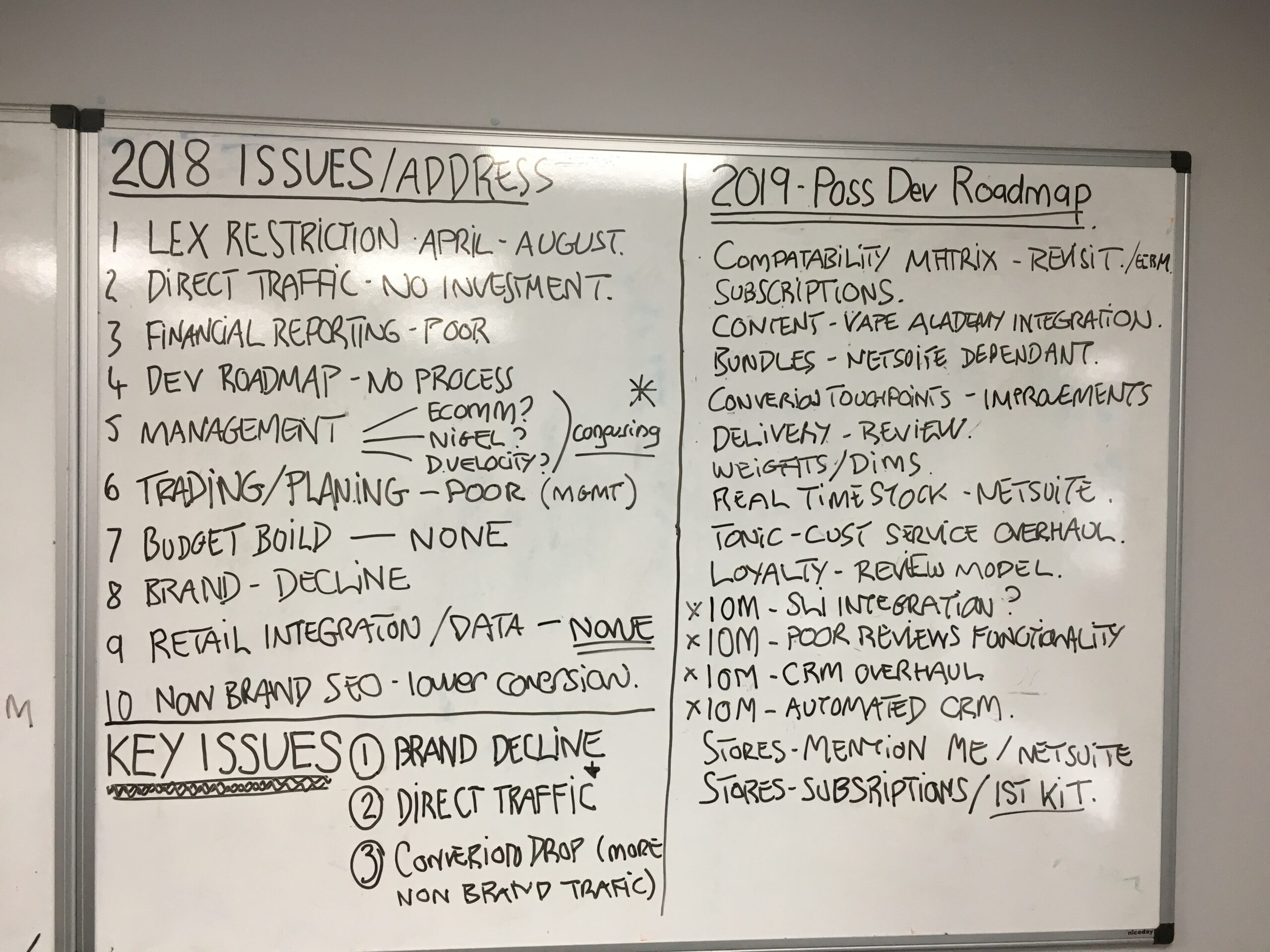-
As technology increases complexity at a rapid rate, the impact on retailers is significant in terms of trying to keep up with this growth rate and understand what elements of this growth will help their particular growth models. Whilst trading your site may need cutting edge new tools or channels relevant to your audience, how does your warehouse support transition or how do you improve your pick and pack? Perhaps your customer services is under par?
With increased pressure from Amazon as well as the hangover from COVID 19 and the drive to supercharge the online shopping experience, retailers need to stay relevant in a very fast faced environment. As consumer standards also increase and new channels give consumers ability to pick up orders within 1 hour, how does your business keep up? This is where a fully encompassing 360 Ecommerce Strategy comes into play.
Whilst many businesses have varying degrees of simplicity or complexity when looking at a 360 Ecommerce Strategy, The model I use for both clients and employers is below - this has worked for me historically as it not only highlights issues in the Strategy Chain but is digestible in terms of surfacing how we get to our destination!"I worked closely with Dom during his time as E-commerce Director at Farnell. I enjoyed all of our interactions and found him to be professional yet fun to work with. Dom regularly asked thought provoking questions and provided insight gained in his previous roles which meant he had rounded business input rather than just functional input. I would not hesitate to work with Dom in the future should I be given an opportunity to do so. Any e-commerce business looking for an experienced leader should snap him up!"
Eleanor Young
Regional Director, Premier Farnellstrategy pillars
Digital Marketing
Are you fully maximizing your digital marketing channels or futureproofing against next years new tech? Can your channels be optimized or improved? How effective is your CRM campaign and are you losing customers from the funnel? Can you effectively scale your digital marketing or improve processes into seamless experiences?
UX / UI
What is the shopping experience liek for your customers and where do they fall out of the funnnel? Are you aware of the blockers they are experiencing when tryingt to engage it you? UX /UI is so important to improve shopping experience and increase customer retention - build features your customers will love using all the data touchpoints you should have access to.
Marketplaces
Depending on your business model you may be using Marketplaces. I have driven growth historically on them .. but they are not to everyone's liking. Are your listings fully optimized and are your feeds as complete as they could be? Are your customer service team responding in agreed times? Is your logistics set up tailored to accommodate Marketplaces?
Platform
A key component here is not only the platform capabilities but the roadmap for growth and how your platform can support that roadmap. Are you fully utilizing your platform - Storefront, PDPs, Checkout, Marketing, Logistics integration etc. Your platform needs to support your current and future business plans.
Operations
Tied into your platform setup, is your logistics strategy capable of supporting growth? With or without their own distribution center (DC), enterprise software and courier relationships, many DTC brands are now working more closely or entirely with a new wave of 3PLs who have simplified connections to their owned and operated storefront, marketplaces and e-retailers.
Omnichannel
How do you synch up your wider footprint to support and accommodate your Online offering or indeed how does the Online offering support the wider business?
Organization
This one cannot be over emphasized enough - IS YOUR ORGANIZATION FULLY BOUGHT INTO THE PLAN? The whole business needs to understand and be bought into your growth plan - too many times I have seen strategies struggle because the full business is not included. Whether overhauling customer services to support or instilling a new Product or CRO function, your Organization is essential to bring your vision to life.
EcoSystems
This one is essential - what is the brand ecosystem? How do you drive your brand advocates and develop a brand ecosystem which helps grow your business? Why do your customers shop with you and how do you develop a narrative which can be developed, carefully curated, and managed within this sphere to perpetuate an ethos.
strategy execution
I have developed strategies for B2C and B2B companies and have delivered growth by implementing these strategies. There have been challenges along the way - upfront long term Platform contracts using outdated architecture etc however the approach I have taken for each company has been similar - execution of Ecommerce Strategy.
Strategy execution is creating a plan for how to best accomplish an objective (the strategy), then putting that plan into action (the execution). It’s meeting organizational goals on time, on budget, and on target. But of course, that is much easier said than done.
Strategy execution may involve any or all of the following:Different businesses require different updates - from weekly standups in Agile teams to weekly 121s or monthly updates with the board. I have implemented multiple growth strategies in last 10 years - below is a typical for an Agile Squad focused on Checkout part of a trading website (name withheld) - this gives you an idea of how defined KPIs can contribute to composable parts of the overall strategy (in this case Platform Strategy).

Some other business may be failing and I have helpedturn them around - example below being a Recovery strategy which I implemented a few years ago for VIP Ecigs - who had just been purchased by British American Tobacco. The brand was in significant decline and, with a revised Ecommerce 360 strategy agreed by leadership team, we quickly set about turning around the business over an 18 month period ...

The end of year summary board above details the results from the year ... the board below then outlined the issues and focus areas for going into creating the Omnichannel Ecommerce strategy for the following year .. ...

Get in touch
07592629885
Available from 9am to 5pm
dominic@redleafdigital.co.uk